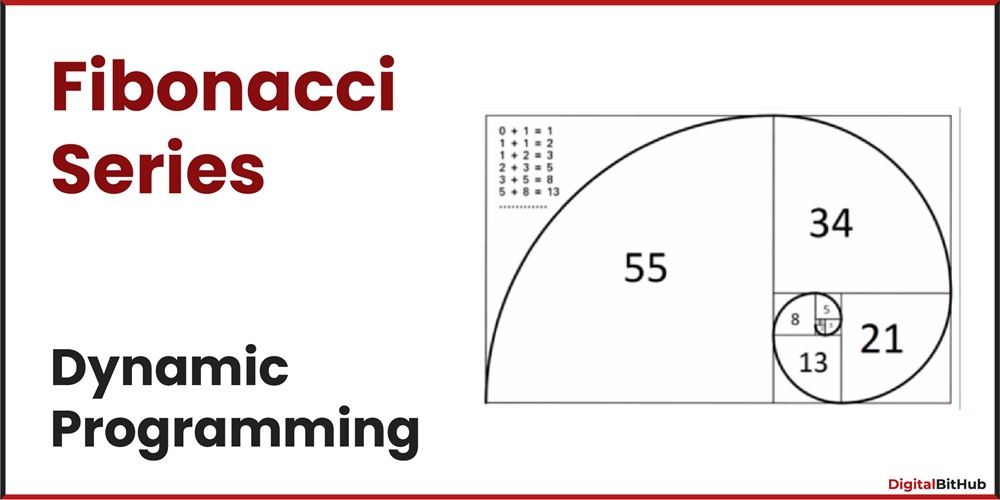What is printed by the following ANSI C program?
#include<stdio.h>
int main(int argc, char *argv[])
{
int x = 1, z[2] = {10, 11};
int *p = NULL;
p = &x;
*p = 10;
p = &z[1];
*(&z[0] + 1) += 3;
printf("%d, %d, %d\n", x, z[0], z[1]);
return 0;
}
A.
1, 10, 11
B.
1, 10, 14
C.
10, 14, 11
D.
10, 10, 14
Solution:
Initially, x = 1, z = {10, 11}
p is pointing to x, updated value of x = 10.
p is pointing to the 2nd element of array z.
*(&z[0] + 1) += 3; // This statement will add 3 to second element of array z.
After execution, updated values are x = 10, z = {10, 14}
This program will print 10, 10, 14
Correct answer is Option D.
